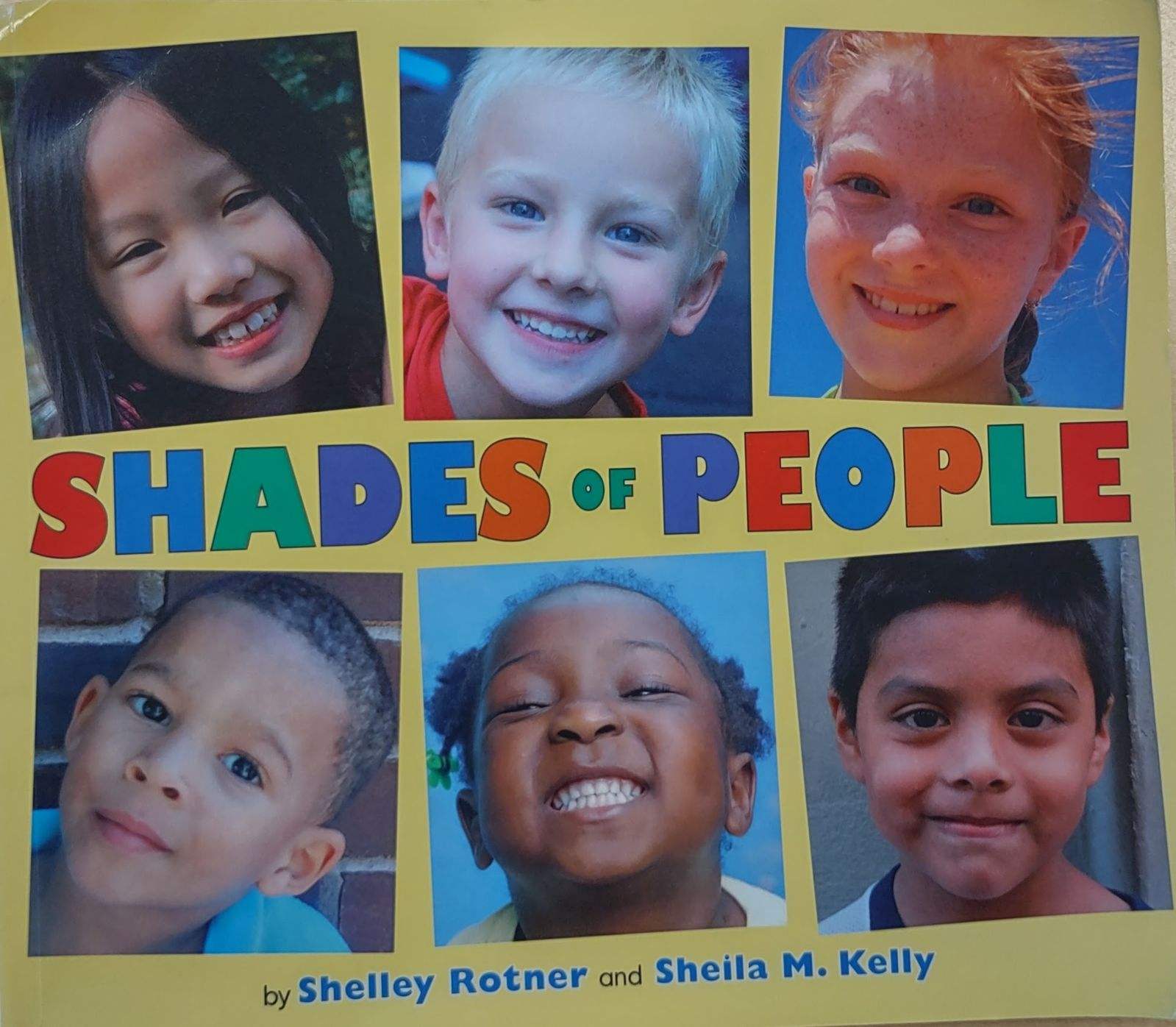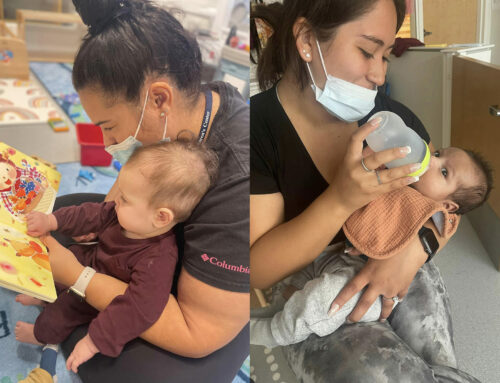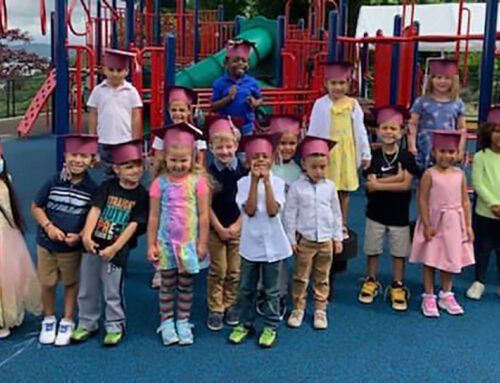
How We Can Discuss Subjects Like Race And Identity With Small Children
“Our Skin Is Just Our Covering Like Wrapping Paper”
Editor’s Note: This piece by our after-school kindergarten teacher, Rebekah Shactel, shows
how we can discuss subjects like race and identity, even with five-year-olds.
At the beginning of each school year, there are two books I read to my kindergarteners: “Colors
of Us,” by Karen Katz, and “Shades of People” by Shelli Rotner and Sheila M. Kelly. Both
books talk about all the different colors that people can be.
One of the books makes an interesting distinction; we are not really different colors, but different
shades of the same color. One of the books said something that this year’s class loved, “Our skin
is just our covering like wrapping paper. And, you can’t tell what someone is like from the color
of their skin.”
After we read the books, the kids work on a project: their “little people.” Each child gets a plain
person-shaped handout, and then we look through all of our skin-toned pencils to see which one
matches each child. There were some very interesting discussions while we were coloring. “Why
don’t the pencils match us exactly?” “Why are we different colors?”
Once their little people are all colored in, the kids get their little people dressed, and create their
faces and hair. Between bow ties, pink hair, suspenders and sparkly noses, our little people are
looking good! They will hang up in our classrooms, and remain there until our last day of school
– our first project together, and the final piece of artwork sent home.
The following studies show that children in integrated classrooms are less likely to drop out,
more likely to enroll in college, and earn higher test scores:
- R. A. Mickelson, “Twenty-first Century Social Science Research on School Diversity
and Educational Outcomes,” Ohio State Law Journal 69, (2008): 1173–228. - G. J. Palardy, “High school socioeconomic segregation and student
attainment,” American Educational Research Journal, 50, no. 4 (2013): 714. - G. J. Palardy, “Differential school effects among low, middle, and high social class
schools,” School Effectiveness and School Improvement 19, 1 (2008): 37. - NAEP Data Explorer, National Assessment for Educational Progress,
2017, http://nces.ed.gov/nationsreportcard/naepdata/; C. Lubienski and S. T.
Lubienski, “Charter, private, public schools and academic achievement: New
evidence from NAEP mathematics data,” National Center for Study of
Privatization in Education, Teachers College, Columbia University, January 2006.


